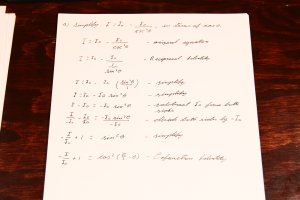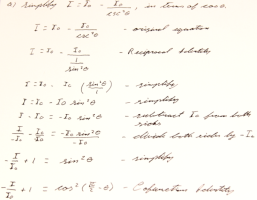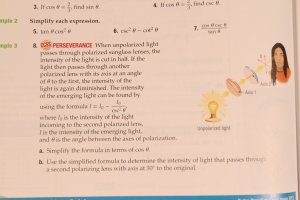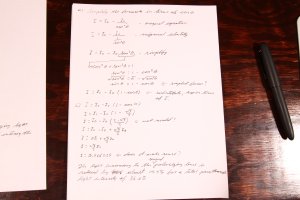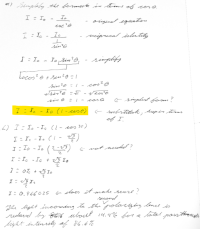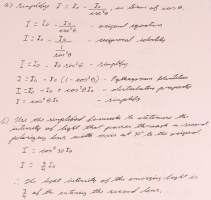jddoxtator
New member
- Joined
- May 28, 2024
- Messages
- 25
Simple question,
If we have to change the cofunction Identity of a trigonometric function in an equation, do we have to do anything to the other side of the equation to keep it balanced or is it a direct swap of equal identities?
Example: Changing y*4 = sin (theta) to y*4 = cos(theta)
If we have to change the cofunction Identity of a trigonometric function in an equation, do we have to do anything to the other side of the equation to keep it balanced or is it a direct swap of equal identities?
Example: Changing y*4 = sin (theta) to y*4 = cos(theta)

